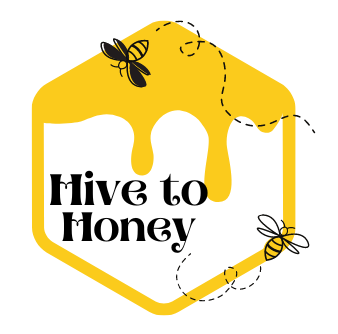Bee Life Cycle
Bee Life Cycle: Exploring the Fascinating Stages of a Honey Bee's Life
The life cycle of a honey bee is a captivating journey that showcases the intricate stages of development and the remarkable transformations that take place within a colony. From egg to adult, honey bees undergo a series of distinct phases, each serving a vital purpose in the functioning of the hive. In this article, we will delve into the various stages of a honey bee’s life cycle, shedding light on their incredible journey of growth and contribution to the colony.
Bee Life Cycle:
The life cycle of a honey bee begins with an egg. A queen bee lays eggs individually within the hexagonal cells of the honeycomb. These tiny, cylindrical eggs are about the size of a grain of rice. The eggs are unremarkable in appearance but contain the genetic blueprint for the future bee.
After a few days, the egg hatches into a larva. The larva resembles a small, legless grub and is fed a special diet called “royal jelly” provided by the worker bees. This highly nutritious substance enables the larva to grow rapidly during this stage.
Once the larva reaches a certain size, it undergoes a transformative process and enters the pupa stage. The larva spins a silk-like cocoon around itself, effectively becoming a pupa. Inside the cocoon, major physiological changes occur as the body undergoes metamorphosis. During this stage, the bee’s organs, wings, legs, and other structures develop and take shape.
After a period of development, the fully formed adult bee emerges from the cocoon. Initially, the adult bee is soft and vulnerable, but it gradually hardens and gains strength. At this stage, the bee takes on its distinctive appearance, including six legs, a pair of compound eyes, two pairs of wings, and specialized mouthparts.
Within the bee colony, the life cycle also encompasses the division of labor and specialized roles among the bees:
- Queen Bee: A few days after emerging, a female bee can become a queen bee if it is fed a special diet of royal jelly throughout its development. The queen’s primary role is reproduction, laying eggs and maintaining the colony’s population.
- Worker Bees: The majority of bees in the colony are female worker bees. They perform various tasks, such as tending to the queen, nursing the brood, foraging for nectar and pollen, building and maintaining the honeycomb, and defending the hive.
- Drone Bees: Male bees known as drones have a distinct role in the colony. Their primary function is to mate with a queen from another colony. Drones do not have stingers and do not participate in other tasks like foraging or defense.
The lifespan of each bee varies depending on its role within the colony:
- Queen Bee: A queen bee can live for several years, although her egg-laying activity tends to decline over time.
- Worker Bees: The lifespan of a worker bee varies depending on the time of year and the nature of their tasks. During the busy summer months, worker bees typically live for about six weeks due to the demanding nature of foraging and hive maintenance. However, worker bees born in the autumn may live longer, potentially surviving throughout the winter months.
- Drone Bees: Drones have the shortest lifespan among the three castes. Their existence is centered around mating, and once they have fulfilled their purpose, they are typically expelled from the hive.
The life cycle of a honey bee is a captivating process that showcases the intricacies of growth, transformation, and specialized roles within the colony. From the humble egg to the emergence of a fully developed adult bee, each stage plays a vital role in the functioning and sustainability of the hive. Understanding the different stages of a honey bee’s life provides insight into the complex social structure and remarkable adaptations that allow these industrious insects to thrive and contribute to the pollination of plants and the production of honey.
More From The Hive:

Unveiling Turkey’s Sweet Symphony: Exploring Honey Types and Varieties
Turkey, a land where ancient traditions meet breathtaking landscapes, has a rich history of honey production and a remarkable diversity of honey types. With its diverse climate zones, vast floral resources, and a strong culture of beekeeping, Turkey offers an ideal environment for bees to gather nectar and create a

Discovering Ethiopia’s Golden Treasures: A Journey Through Honey Types and Varieties
Ethiopia, a land known for its rich history, vibrant culture, and breathtaking landscapes, is also celebrated for its diverse and high-quality honey production. With its lush forests, fertile valleys, and vast floral resources, Ethiopia offers an ideal environment for bees to thrive and create a wide range of honey types.
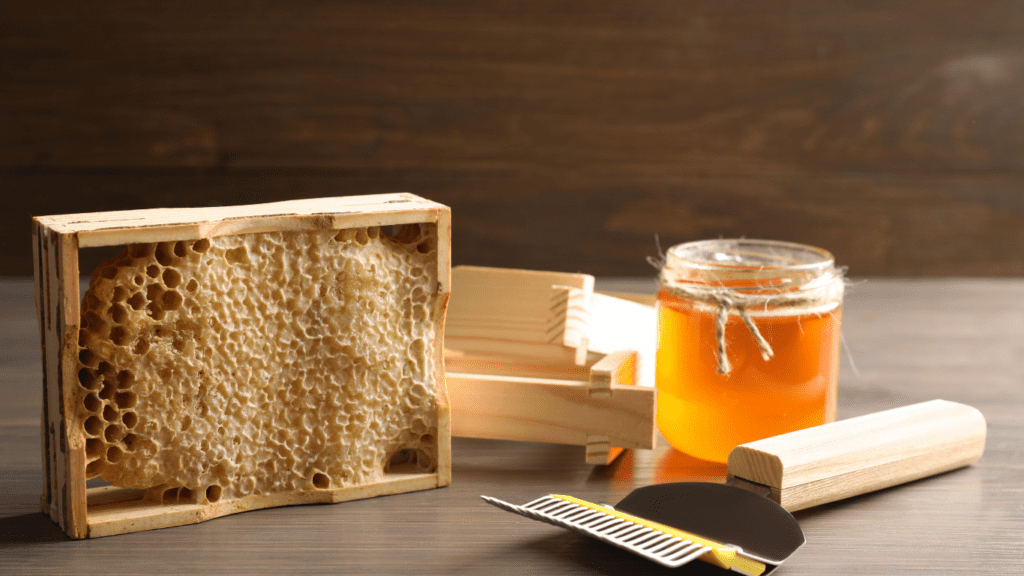
Getting Started with Beekeeping: Essential Equipment and Supplies
Starting your journey as a beekeeper is an exciting endeavor that allows you to connect with nature, support pollinators, and reap the rewards of honey production. To set yourself up for success, it’s crucial to have the right equipment and supplies. In this blog, we will guide you through the
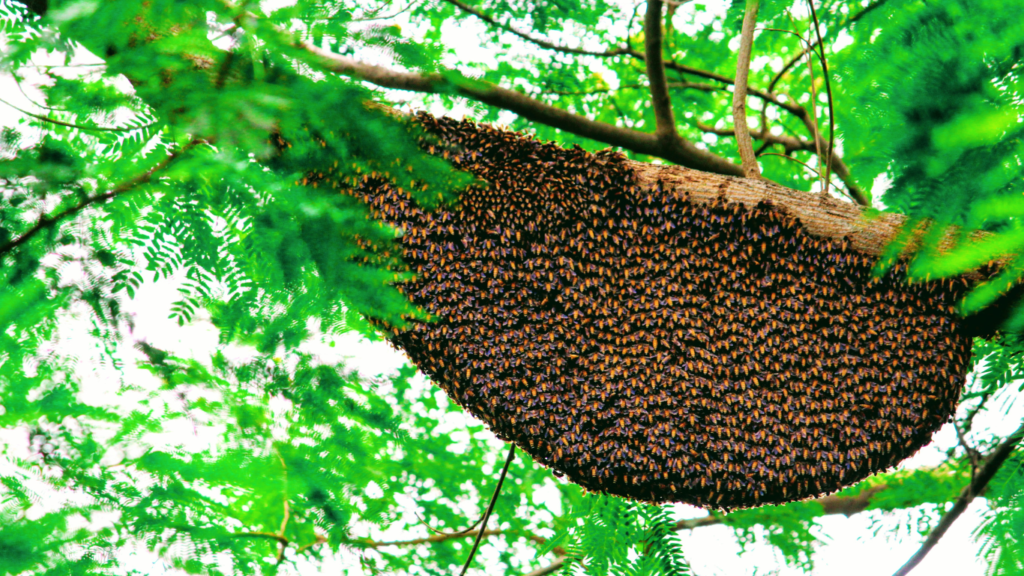
Choosing the Right Hive: Exploring Different Beehive Types
Selecting the right beehive is a crucial decision for beekeepers. The beehive serves as the home for your honeybee colony and plays a vital role in its success and productivity. With various hive types available, it’s important to understand their unique characteristics and suitability for your beekeeping goals. In this
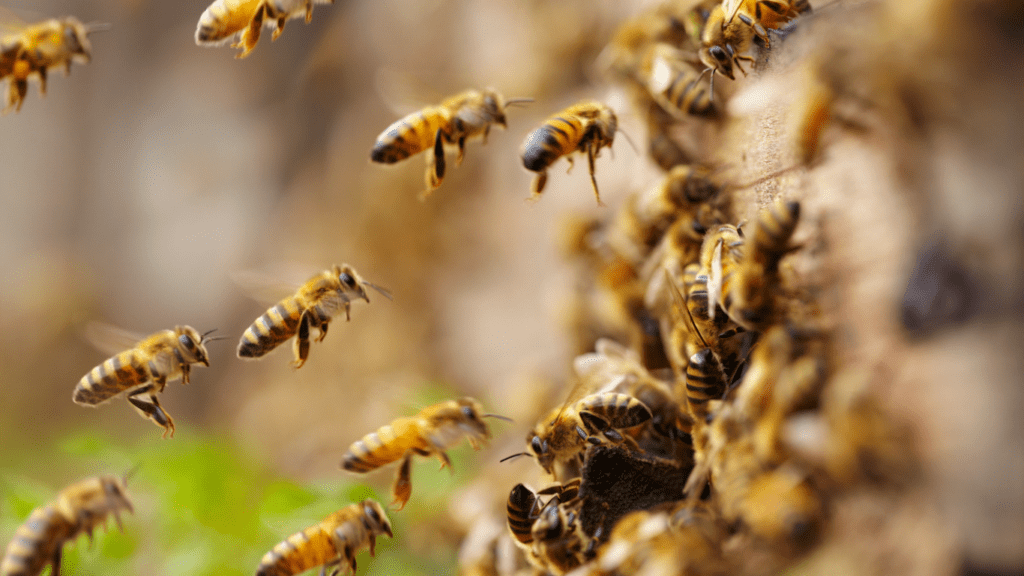
The ABCs of Bees: A Beginner’s Guide to Understanding Bee Basics
Bees are incredible creatures that have been buzzing around for millions of years, playing a vital role in our ecosystem. From pollinating flowers to producing delicious honey, bees are an integral part of our natural world. If you’re new to the world of bees and want to unravel the secrets
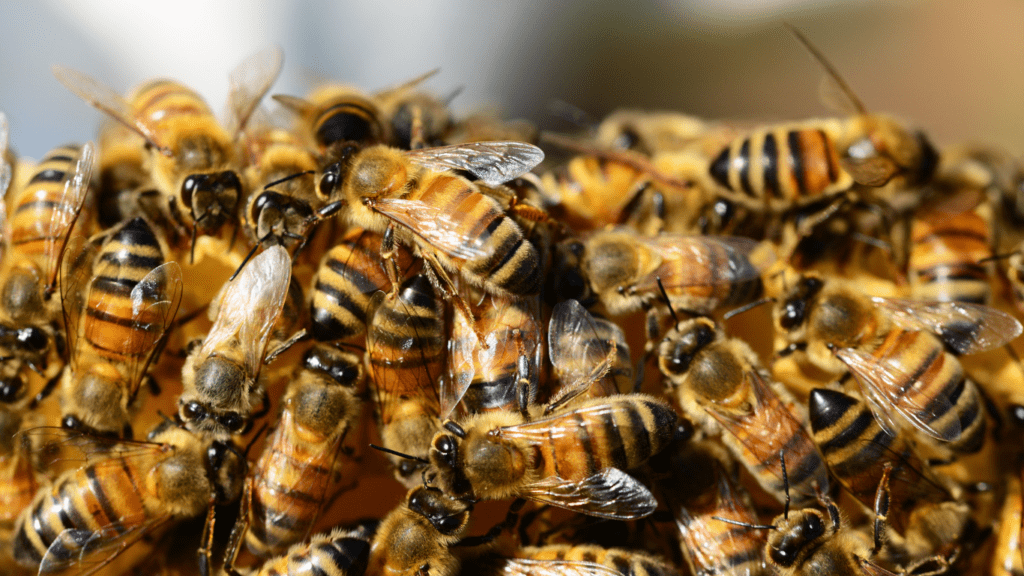
The Secret Life of Bees: Unraveling the Intricacies of Bee Behavior
Bees, with their intricate social structure and fascinating behaviors, lead a secret life that is both awe-inspiring and complex. As we delve into the hidden world of bees, we uncover a realm of communication, cooperation, and efficiency that is vital to their survival and our ecosystem. In this blog, we
